If you're dreaming of an African safari that includes gorilla trekking in Uganda or Rwanda's lush forests and the awe-inspiring Great Migration across Tanzania and Kenya, timing is everything. These two unforgettable wildlife experiences occur in different environments and follow distinct seasonal patterns. Here’s a detailed guide to help you choose the best time of year for each activity so that you can plan the ultimate East African adventure.
Best Time for Gorilla Trekking in Uganda and Rwanda
Gorilla trekking is one of the most profound wildlife experiences in the world, offering travelers the rare opportunity to come face-to-face with endangered mountain gorillas in their natural habitat. Knowing the best time to go gorilla trekking is essential for planning an unforgettable safari in Uganda or Rwanda.
Where to Go:
- Uganda – Bwindi Impenetrable National Park and Mgahinga Gorilla National Park
- Rwanda – Volcanoes National Park
These three national parks are renowned for their successful gorilla conservation efforts and well-regulated trekking experiences. Each offers a slightly different landscape and trekking intensity, but all provide the magical opportunity to observe gorillas in the wild.
Peak Season: June to September and December to February
These months represent the dry seasons in both Uganda and Rwanda, making them the most popular and recommended times for gorilla trekking. During the dry season, the forest paths are less muddy, trails are easier to navigate, and there is a lower chance of rainfall disrupting the trek.
Why These Months Are Ideal
- Improved Hiking Conditions: With drier trails, hiking becomes less strenuous, especially in the steep and slippery forest terrain.
- Excellent Photography: Clear skies and better lighting conditions are ideal for photography, allowing you to capture beautiful moments of your gorilla encounter.
- Better Gorilla Sightings: Gorilla families often remain closer to the trails during the dry season, making them easier to locate and observe.
- Higher Permit Demand: Due to favorable conditions, gorilla trekking permits sell out quickly. It is advisable to book several months in advance, especially during peak travel seasons.
Off-Peak Season: March to May and October to November
These months mark the wet seasons in the region. Although trekking is still open and safe, frequent rainfall can make trails muddy and more challenging. However, this is also a great time for budget-conscious travelers or those seeking a more private experience.
Advantages of Trekking in the Rainy Season
- Lower Tourist Numbers: Fewer visitors mean a more intimate trekking experience and less crowded lodges.
- Better Permit Availability: Easier access to gorilla permits, often with less advance notice required.
- Lush, Vibrant Forests: The rains bring out the rich greenery of the jungle, enhancing the beauty of the landscape and increasing birdwatching opportunities.
- Accommodation Discounts: Many lodges and tour operators offer reduced rates during the low season, making it more affordable.
Gorilla trekking Final Tip
Regardless of the season, gorilla trekking is a year-round activity and always a rewarding adventure. Whether you choose the dry months for ease of trekking or the rainy season for solitude and savings, the experience of standing a few meters away from a majestic silverback is equally life-changing.
Best Time to Witness the Great Migration in East Africa
The Great Migration ranks among the most awe-inspiring natural events on the planet. This awe-inspiring event sees over 1.5 million wildebeest, accompanied by hundreds of thousands of zebras and gazelles, make a continuous, circular journey through the Serengeti-Mara ecosystem in search of fresh grazing and water.
If you're planning a safari in Kenya or Tanzania, understanding the timing of key migration events can help you catch the most dramatic and rewarding moments. Here's a guide to the best times and places to witness this remarkable natural phenomenon.
Where to Go
- Tanzania – Serengeti National Park
- Kenya – Maasai Mara National Reserve
These iconic destinations form the heart of the migration corridor and offer unforgettable game viewing throughout the year.
Key Migration Events and the Best Times to Visit
- Calving Season (January to March)
- Location: Southern Serengeti (Ndutu region)
- Highlights: This is the birthing season when around 8,000 calves are born daily. The lush plains are teeming with life—and danger. Predators such as lions, cheetahs, and hyenas take advantage of the abundance of vulnerable young prey. For photographers and wildlife lovers, this is a thrilling time to witness raw nature in action.
- Grumeti River Crossings (May to June)
- Location: Western Serengeti
- Highlights: The herds begin their dramatic trek northward. As they encounter the Grumeti River, visitors can observe tense, unpredictable river crossings as wildebeest navigate crocodile-filled waters and predator-rich grasslands. This time offers excellent game viewing with fewer tourists compared to peak months.
- Mara River Crossings (July to September)
- Location: Northern Serengeti and Maasai Mara (Kenya)
- Highlights: This is the most famous and visually stunning phase of the migration. Enormous herds gather at the Mara River, leaping into its crocodile-infested waters in one of nature’s most dramatic events. It’s high season for safari tourism, so early bookings are essential.
- Return to the Serengeti (October to December)
- Location: Northern to Central Serengeti
- Highlights: As rains begin to fall in the southern plains, the herds start their journey back from Kenya into Tanzania. This period sees the wildebeest spread across the central Serengeti, offering excellent wildlife sightings in a less crowded setting.
Travel Tips for Experiencing the Migration
- Plan Ahead: The Great Migration is seasonal and dynamic. Work with an experienced tour operator to track herd movements and book the right accommodations.
- Consider a Multi-Park Safari: Combine your migration experience with visits to other parks like Ngorongoro Crater or Amboseli to diversify your wildlife encounters.
- Pack for the Season: Dry season months offer easier travel and better wildlife visibility, while green season safaris are more affordable and ideal for photographers.
Best Months to Combine Both Experiences
If you want to combine gorilla trekking and the Great Migration in a single trip, the best months are July, August, and early September. During this window:
- Gorilla trekking conditions are excellent in both Uganda and Rwanda.
- The dramatic Mara River crossings are taking place in Kenya and northern Tanzania.
This combination offers the rare opportunity to see mountain gorillas in the morning mist and witness thundering herds racing across the plains just days apart.
Related Safari Experiences
- Combine your Great Migration safari with gorilla trekking in Uganda or Rwanda for a truly once-in-a-lifetime adventure.
- Explore Kenya’s Maasai culture or Tanzania’s crater highlands to add depth and cultural richness to your trip.
Final Thoughts
Planning your safari around the natural rhythms of Africa ensures the best wildlife encounters and memories to last a lifetime. Whether you're gazing into the eyes of a mountain gorilla or watching thousands of wildebeest thunder across a river, the right timing turns a great trip into a life-changing one.
Tip: Work with a local tour operator who understands the seasonal nuances and can customize your itinerary to get the best of both worlds.
Want help planning your dream gorilla and migration safari? Contact Wild Compass Africa for tailor-made journeys that align perfectly with the wildlife calendar.

